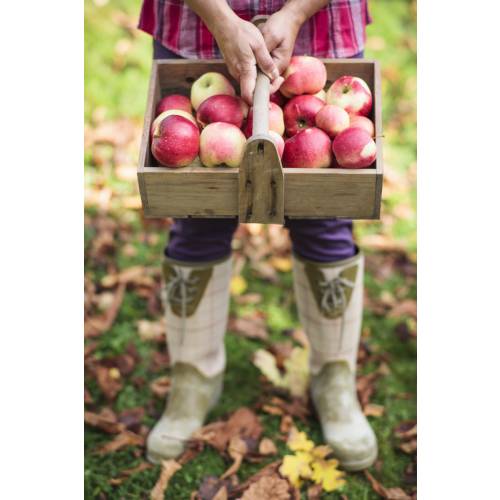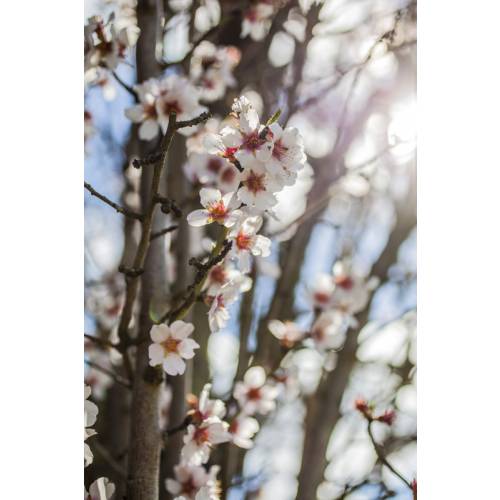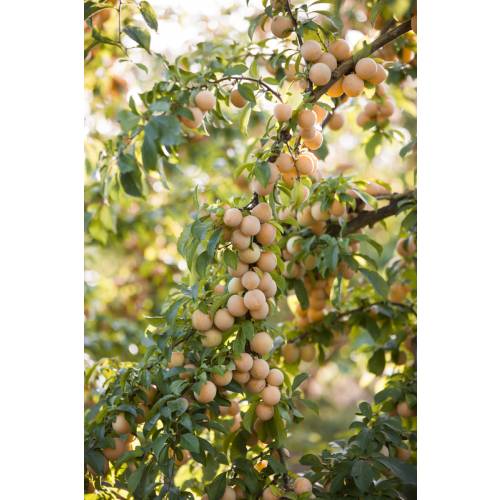
Cure
What to do for a fruit tree to bear fruits
- Details
-
What can you do when you have a fruit tree which does not produce? First of all check that it is in good health and then afterwards verify that it does not feel lonely!
Health Inspection
It is rare that a disease problem prevents a tree to form fruits, unless it is really infected. It is not a few blistered leaves or a few aphids which prevent nature of giving you some fruits. On the other hand, a non-adequate fertilisation, as too rich in azote, can be the cause of it. This is the case for fruiting trees growing on lawns fed with lawn fertilizer. They have leaves but are not prone to produce blooms. The adding of a potash enriched fertilizer, to be done at the end of winter allows ruling out this cause. If it is just a problem linked to fertilisation problems, do not forget that you will only see the effects the following year, in the spring...
First of all, patience!
Even if they blossom in their first year, fruit trees do not produce fruits straightaway. A pear tree can wait up to 7 years before producing its first pears. Meanwhile, the tree settles in, gets nice branches, a solid frame and good quality roots. Your patience will be rewarded! Trees which have high branches, that is to say with a trunk of more than 1.50m in height between the ground and the base of the branches, will take a long time to establish. It is normal not to get fruits or very few fruits as long as they do not “feel well in their roots”. Smaller specimens (trained, spindles, cup-shaped) normally produce quicker, after 3 to 5 years.
Well accompanied
A healthy, vigorous tree planted for least 7 years must bear fruits if you follow well my reasoning. If this is not the case and the tree is vigorous, it is probably because it feels lonely. The flowers of an isolated specimen rarely give good harvests, even in the “self-fertile’ varieties, as the pollen coming from other trees’ flowers will always give more fruits than its own pollen. Peach and Apricot trees are often “self-fertile”, whereas Cherry and Plum trees seldom are. Almond trees rarely produce fruits when grown on their own and Apple trees are more demanding. As for Pear trees, they never are ‘self-fertile’. In order to get a good harvest, you have to plant other fruiting trees of the same species and which blossom at the same time nearby. Well, why not give a fruit tree to your neighbour as a present if you lack of space in your own orchard?
Prune only if it is absolutely necessary.
There is no need to use secateurs to force a fruiting tree to produce fruits. But pruning accelerate the process, especially on Pear and Peach trees. Its worth cutting back last year branches by two thirds to incite the sap to go towards the low branches instead of going to the upwards branches. Cherry trees and Almond trees for examples do not need to be pruned.
Beware of bad advice: It is sometimes said that one has to restrain a too vigorous tree by cutting part of its roots. It is dangerous for the tree and counter-productive! - Photos (4)




